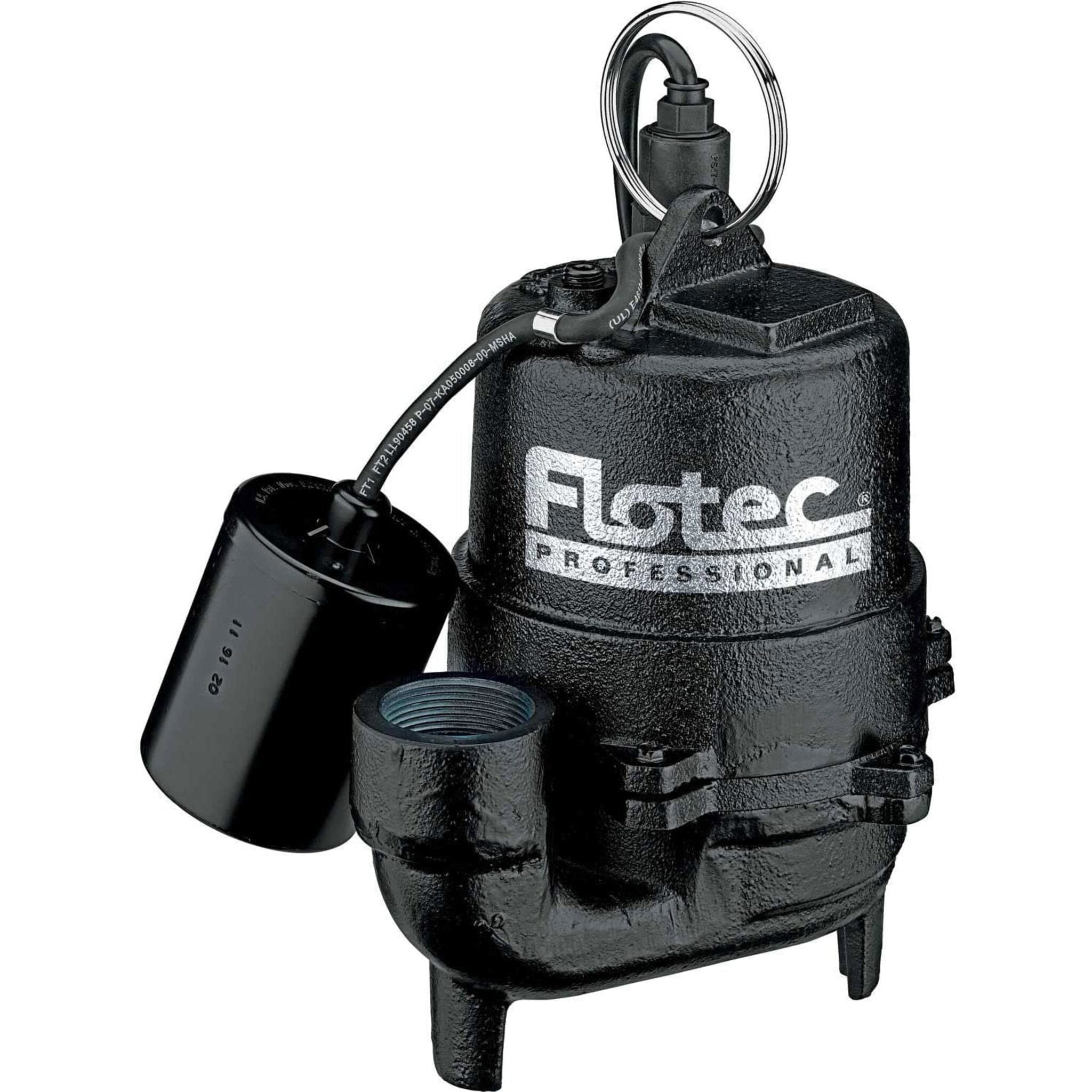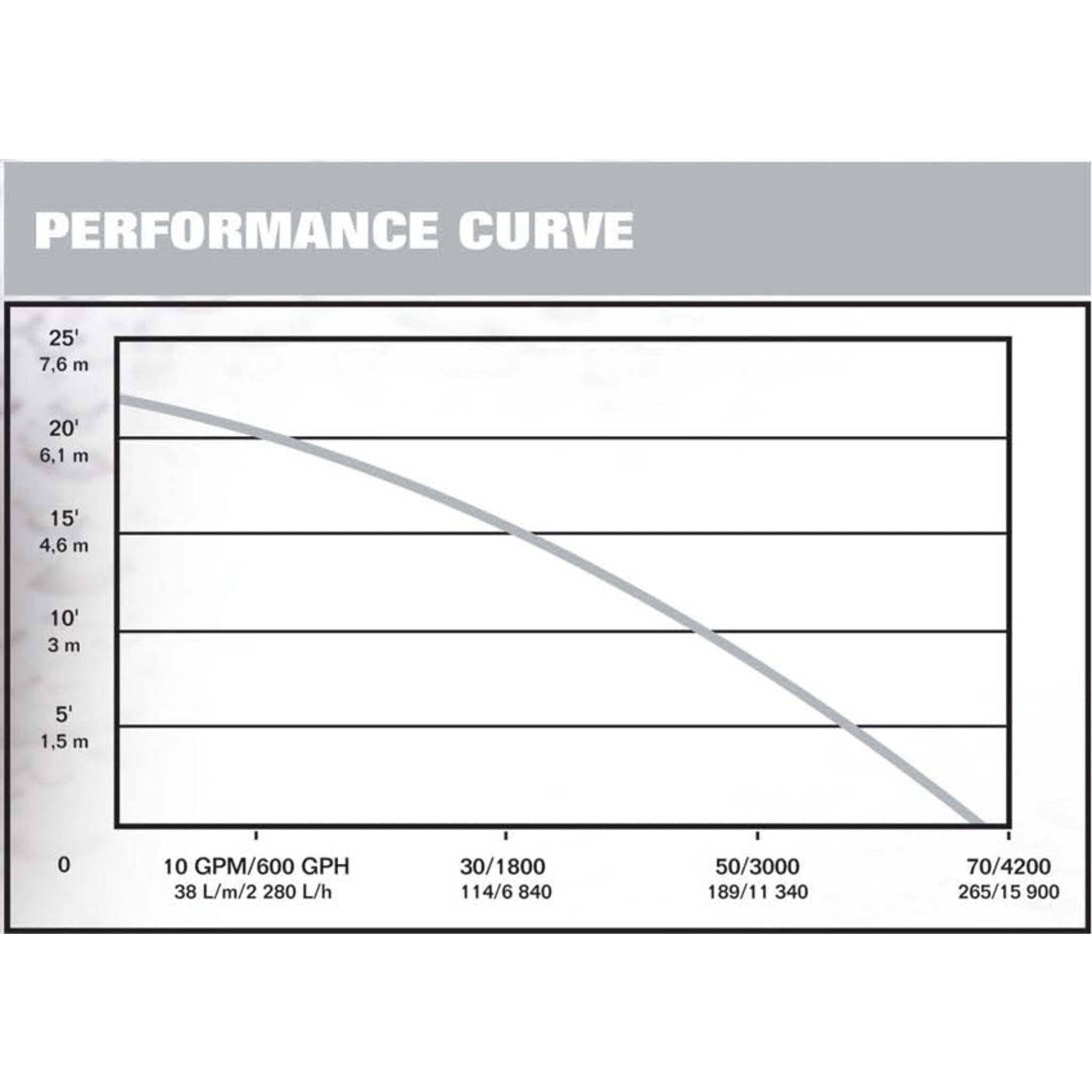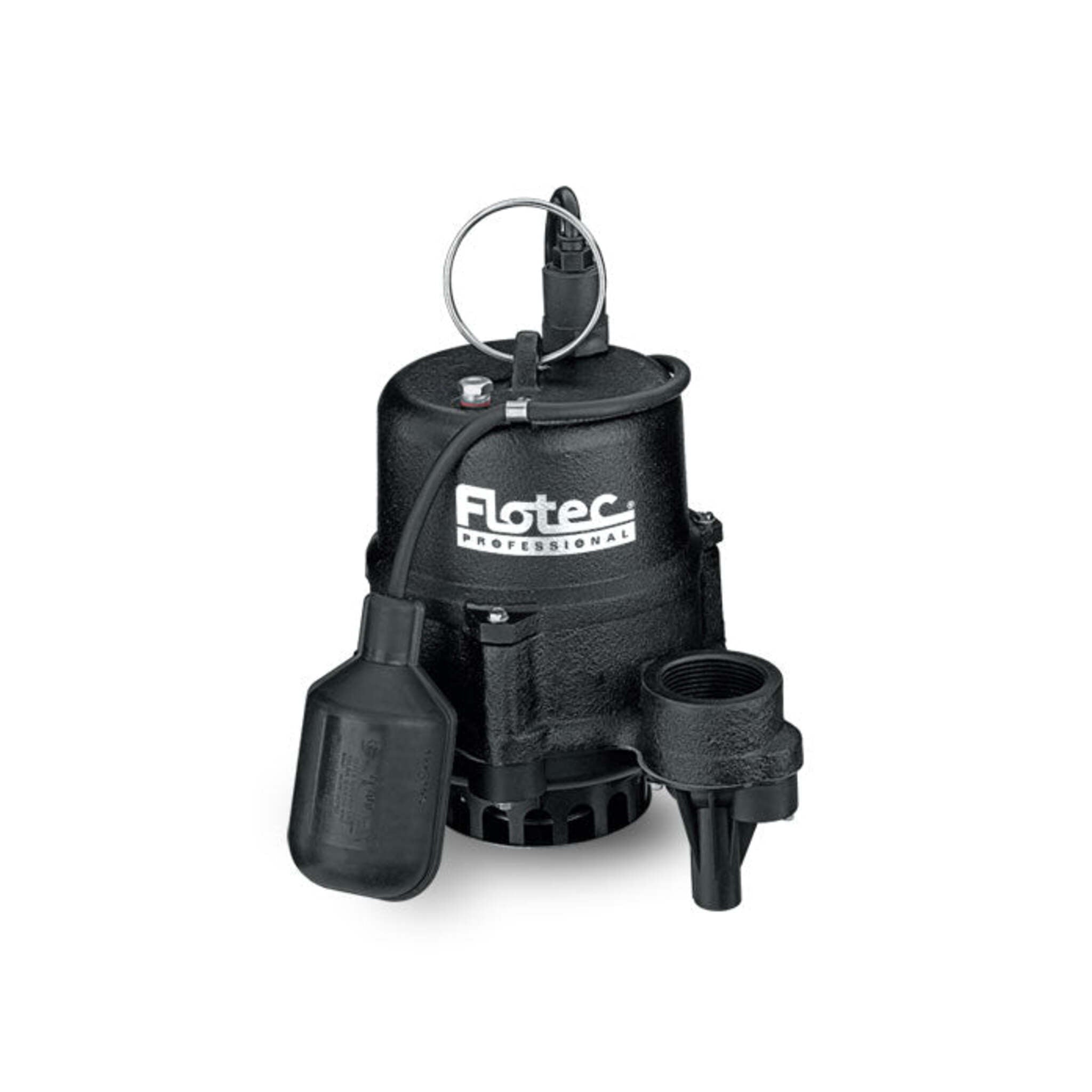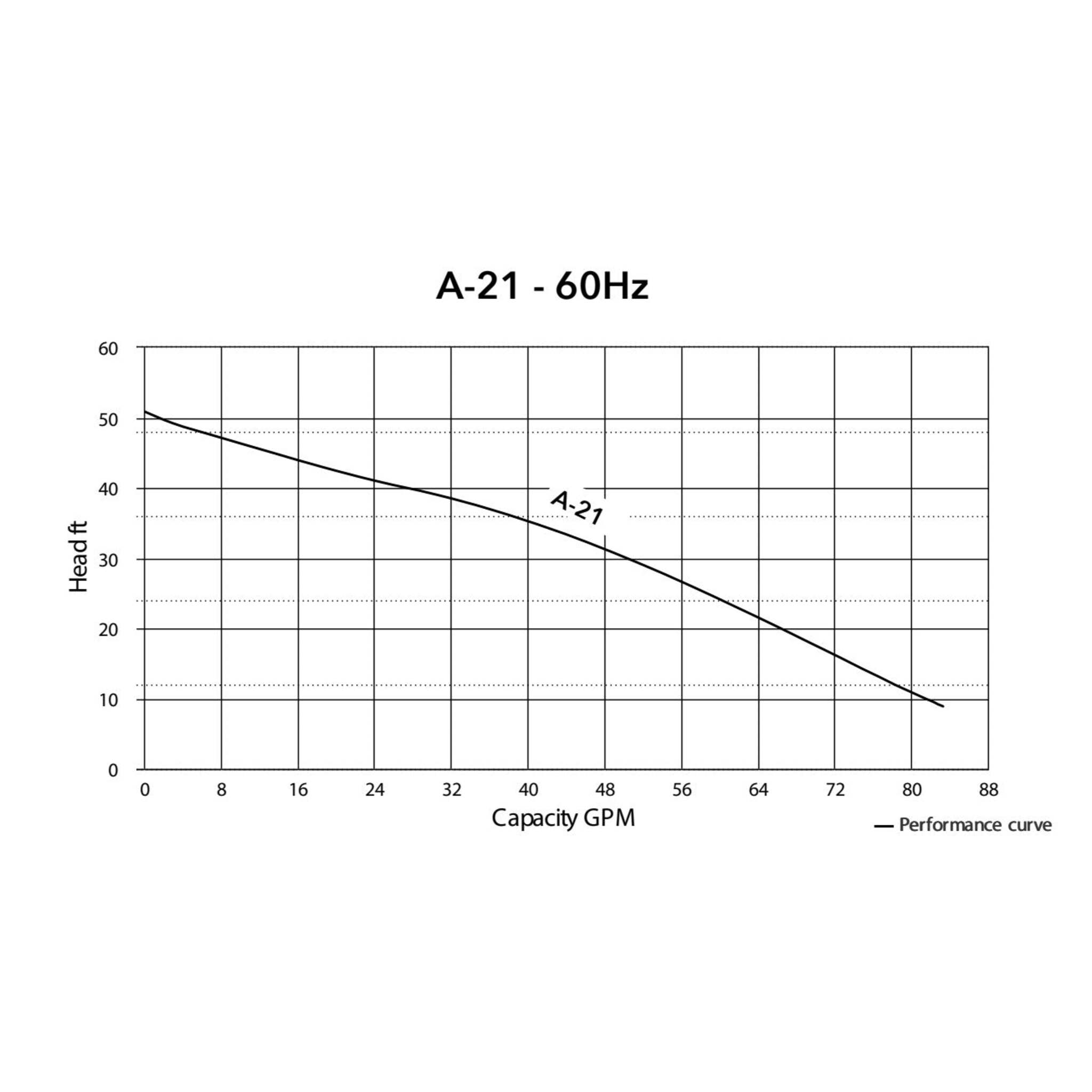Categories
- Shop All (6134)
-
-
- Hi-Vis Chainsaw Safety (14)
- Hi-Vis Coveralls and Overalls (33)
- Hi-Vis Hoodies and Shirts (47)
- Hi-Vis Jackets (44)
- Hi-Vis Pants (23)
- Hi-Vis Rain Wear (54)
- Hi-Vis Vests (59)
- Winter Hi-Vis Bombers and Parkas (28)
- Winter Hi-Vis Coveralls and Overalls (26)
- Winter Hi-Vis Hoodies (4)
- Winter Hi-Vis Pants (4)
- Winter Hi-Vis Vests (8)
-
- Bib Overalls (14)
- Bombers and Parkas (18)
- Coveralls and Overalls (18)
- Disposable Garments (13)
- Flannel and Plaid Work Shirts (25)
- Heated Work Wear (18)
- Hoodies and Sweaters (12)
- Industrial Rainwear (55)
- Pants and Shorts (78)
- Shirts and Sweaters (43)
- Thermal Underwear (45)
- Vests (22)
- Work Jackets (79)
-
-
-
-
- Brooms (0)
- Carts (0)
- Dust Mops (0)
- Dust Pans and Brushes (0)
- Flow Thru Tools (2)
- Microfiber Mops (0)
- Pool and Tank Tools (3)
- Scrubbers and Scrapers (1)
- Soap and Sanitizer Dispensers (1)
- Sprayers (4)
- Squeegees (1)
- Toilet Brushes and Plungers (1)
- Trash Cans & Bags (8)
- Wet Floor Signs (0)
- Wet Mops and Buckets (1)
-
- Bars and Prying Tools (22)
- Bolt Cutters and Shears (17)
- Chisels and Punches (12)
- Combination Hand Tool Sets (6)
- Extractors (12)
- Files (14)
- Gear Pullers (14)
- Hammers and Mallets (15)
- Hand Saws (6)
- Hex Keys (10)
- Layout and Distance Lasers (2)
- Marking Tools (1)
- Measuring Tools (24)
- Pliers (46)
- Precision Measuring and Testing Tools (15)
- Propane Torches (8)
- Screwdrivers and Nutdrivers (22)
- Sockets (60)
- Tap and Die Sets (4)
- Tool Boxes (16)
- Utility Knives (18)
- VDE Tools (7)
- Wire Cutters and Strippers (14)
- Wrenches (21)
-
- Beveling and Deburring (17)
- Curb and Valve Keys (19)
- Drilling and Tapping (8)
- Extended Impact Sockets (3)
- Flaring and Rerounding (7)
- General Pipe Working Tools (19)
- Guillotine Pipe Cutters (2)
- Hydrostatic Test Pumps (8)
- Internal Pipe Cutters (6)
- PE Peelers (8)
- Pipe Reamers (4)
- Pipe Threading (15)
- Pipe Wrenches (18)
- Plastic Pipe Joint Kits (2)
- Plastic Pipe Saws (5)
- Power Drive (6)
- Quick Release Cutters (17)
- Ratchet Shears (6)
- Ratcheting Wrenches (9)
- Rotary Cutters (3)
- Shut Off Tools (9)
- Soldering Torches (3)
- Vises (7)
-
- Angle Grinders (6)
- Batteries and Chargers (11)
- Bench Grinders (3)
- Circular Saws (2)
- Combo Tool Kits (10)
- Cordless Fans (6)
- Cordless Lighting (15)
- Cut Off Saws (4)
- Drills and Drivers (8)
- Grease Guns (3)
- Impact Drivers (5)
- Jobsite Radios and Speakers (9)
- Lifestyle (7)
- Mitre Saws (2)
- Reciprocating Saws (4)
-
- Angle Grinder Wheels and Brushes (25)
- Bench Grinder Wheels (7)
- Circular Saw Blades (11)
- Drill and Driver Bits (29)
- High Speed Gas Saw Blades (3)
- Holesaws (11)
- Impact Sockets (23)
- Jig Saw Blades (2)
- Oscillating Multi Tool Blades (2)
- Portable Chop Saw Blades (6)
- Power Tool Storage (5)
- Reciprocating Saw Blades (8)
-
-
-
-
- Air Fresheners (2)
- All Purpose Cleaners (19)
- Bowl and Washroom (8)
- Coffee and Breakroom (21)
- Degreasers (3)
- Dishwashing (4)
- Disinfectants and Sanitizers (1)
- Drain Openers (7)
- Hand Cleaners (16)
- Laundry Cleaners (10)
- Paper Products and Wiper Rags (24)
- Scale Removers (2)
- Urinal Pucks and Liquids (5)
- Wet Wipes (4)
-
-
- Ball Valves (13)
- Black and Galvanized Steel Fittings (16)
- Bronze Pipe Fittings and Nipples (16)
- Butterfly Valves (5)
- Check Valves (10)
- Flexible Connectors (2)
- Gate and Globe Valves (6)
- Knife Gate Valves (9)
- Pipe Fitting Accessories (7)
- Schedule 80 PVC Fittings (31)
- Stainless Steel Fittings and Valves (12)
- Victaulic Grooved Fittings (21)

Dewatering Pumps
73 products
Showing 25 - 48 of 73 products



Dewatering Pumps
Dewatering pumps are essential tools used to remove or control unwanted water and fluids from various applications. They play a crucial role in industries such as construction, mining, and municipal operations, where efficient water management is necessary. In this article, we will explore the importance of dewatering, how dewatering pumps work, considerations for selecting the right pump, common applications, installation and operation best practices, safety considerations, and advancements in dewatering pump technology.
Introduction to Dewatering Pumps
Dewatering pumps are specially designed pumps that are used to remove water from areas where it is not desired. These pumps are capable of handling both clean and dirty water, and they come in various sizes and configurations to suit different dewatering needs. Whether it's removing water from construction sites, controlling groundwater levels in mining operations, or managing floods and emergencies, dewatering pumps provide an efficient solution.
Importance of Dewatering in Various Industries
Construction and Excavation Sites
In the construction industry, dewatering is essential for maintaining dry and stable working conditions. It allows construction projects to proceed smoothly by preventing water accumulation in excavations, foundations, and trenches. Dewatering pumps are used to lower the water table and control groundwater, ensuring a safe and dry environment for construction activities.
Mining and Quarrying Operations
Mining and quarrying operations often encounter high water inflows that can disrupt mining activities and pose safety risks. Dewatering pumps are used to control water levels, enabling efficient mining operations and ensuring worker safety. These pumps help remove water from pits, tunnels, and underground workings, allowing for the extraction of minerals and resources.
Municipal and Industrial Applications
Dewatering pumps are also utilized in various municipal and industrial applications. They are commonly used in wastewater treatment plants, where they help remove excess water from treatment processes, sludge dewatering, and stormwater management. In industrial settings, dewatering pumps are employed for water removal in manufacturing processes, environmental cleanup, and maintaining dry storage areas.
How Dewatering Pumps Work
Types of Dewatering Pumps
Dewatering pumps are available in different types, each designed for specific applications and water conditions. Some common types of dewatering pumps include centrifugal pumps, submersible pumps, wellpoint pumps, and jet pumps. These pumps vary in their pumping mechanisms and installation methods, allowing for flexibility in dewatering operations.
Pumping Mechanism and Operation
Dewatering pumps work by creating a pressure differential that allows water to be lifted or forced out of a specific area. In centrifugal pumps, the impeller rotates, creating centrifugal force that pushes water away from the center and towards the pump outlet. Submersible pumps, on the other hand, are submerged in water and use an electric motor to drive the pump impeller. Wellpoint pumps employ a vacuum system to draw water into a wellpoint pipe and then discharge it. Jet pumps use a jet of high-pressure water or air to create suction and lift water.
Key Considerations When Selecting a Dewatering Pump
When selecting a dewatering pump for a specific application, several factors need to be considered:
Pump Capacity and Head
The pump capacity, measured in gallons per minute (GPM) or liters per second (L/s), determines the amount of water the pump can handle. The pump head, expressed in feet or meters, refers to the maximum height the pump can lift water. It is crucial to choose a pump that can meet the required capacity and head for efficient dewatering.
Pump Efficiency and Power Source
Efficiency is an important consideration to ensure cost-effective dewatering. Look for pumps that offer high efficiency ratings, as they consume less energy and reduce operational costs. Additionally, consider the power source available at the site, such as electricity or diesel fuel, and select a pump that aligns with the available power supply.
Pump Construction and Durability
Dewatering pumps are often exposed to harsh environments and challenging conditions. It is vital to choose a pump constructed from robust and corrosion-resistant materials. Factors such as the impeller, casing, and seals should be durable enough to withstand prolonged use in demanding applications.
Pump Maintenance and Reliability
Consider the ease of maintenance and availability of spare parts when selecting a dewatering pump. Regular maintenance is necessary to ensure optimal pump performance and longevity. Choose pumps from reputable manufacturers that offer reliable customer support and readily available spare parts.
Common Applications of Dewatering Pumps
Dewatering pumps find wide-ranging applications across various industries. Some common applications include:
Construction Site Dewatering
Construction sites often encounter water accumulation due to rain, groundwater, or underground springs. Dewatering pumps are used to remove water from excavations, foundations, trenches, and basements, ensuring safe and dry working conditions.
Mining and Quarry Dewatering
Mining and quarrying operations require effective dewatering to manage groundwater and prevent water ingress into working areas. Dewatering pumps are employed to control water levels, allowing efficient mining operations and ensuring worker safety.
Flood and Emergency Dewatering
During floods or emergency situations, dewatering pumps are crucial for removing excess water from affected areas. These pumps help mitigate flood damage and assist in rapid water removal, enabling recovery and restoration efforts.
Industrial and Municipal Dewatering
In industrial and municipal settings, dewatering pumps are used for various applications, such as wastewater treatment, stormwater management, and environmental cleanup. These pumps help remove excess water from processes, storage areas, and infrastructure, ensuring proper water management.
Proper Installation and Operation of Dewatering Pumps
To ensure the effective operation of dewatering pumps, proper installation and operation practices should be followed:
Site Assessment and Pump Placement
Before installing a dewatering pump, conduct a thorough site assessment to determine the water conditions, required pump capacity, and ideal pump placement. Proper placement ensures optimal water intake and discharge, maximizing pump efficiency.
Pump Priming and Start-Up
For certain pump types, such as centrifugal and jet pumps, priming is necessary to remove air and establish water flow. Follow the manufacturer's instructions for priming the pump before starting it up. Proper start-up procedures help ensure the pump operates at its intended capacity.
Monitoring and Maintenance
Regular monitoring of pump performance is essential to detect any issues early on. Monitor factors such as flow rate, pressure, and pump vibration to identify abnormalities. Additionally, adhere to the manufacturer's recommended maintenance schedule, which may include tasks such as inspecting seals, checking for leaks, and lubricating moving parts.
Safety Considerations and Best Practices
Safety should be a top priority when working with dewatering pumps. Follow these safety considerations and best practices:
Electrical Safety
If using electric-powered pumps, ensure proper electrical safety measures are followed. Use grounded outlets, inspect electrical cords for damage, and keep the pump and electrical connections away from water sources to prevent electrical hazards.
Pump Operation and Maintenance Safety
When operating and maintaining dewatering pumps, follow all safety guidelines provided by the manufacturer. This includes wearing appropriate personal protective equipment (PPE), such as gloves and eye protection, when handling or inspecting the pump. Additionally, never operate the pump beyond its specified capacity or head to prevent damage and potential accidents.
Environmental Impact and Compliance
Ensure compliance with environmental regulations when discharging water from dewatering operations. Depending on the location and specific requirements, it may be necessary to treat or contain the discharged water to minimize environmental impact. Consult local regulations and environmental authorities for guidance.
Advancements in Dewatering Pump Technology
Advancements in technology have led to the development of innovative features and improvements in dewatering pumps:
Smart Pumping Systems
Smart pumping systems incorporate advanced sensors and control mechanisms to optimize pump performance. These systems can automatically adjust pump speed, monitor energy consumption, and provide real-time data on pump operation. Smart pumping systems help improve efficiency, reduce energy costs, and enhance overall dewatering operations.
Remote Monitoring and Control
Remote monitoring and control capabilities allow operators to monitor and manage dewatering pumps from a central location. Through internet connectivity and data transmission, pump performance can be monitored in real-time, and adjustments can be made remotely. This feature improves efficiency, reduces the need for on-site visits, and enables proactive maintenance and troubleshooting.
Conclusion
Dewatering pumps are vital tools for managing water and maintaining dry conditions in various industries and applications. Understanding their importance, working principles, selection considerations, applications, installation and operation best practices, safety considerations, and technological advancements is crucial for efficient and effective dewatering operations. By selecting the right dewatering pump and following proper procedures, industries can effectively manage water and ensure safe and productive operations.
FAQs
- What is the purpose of dewatering in construction sites?
Dewatering in construction sites aims to remove water from excavations, foundations, and trenches to create a safe and dry working environment. It helps prevent water-related hazards, soil instability, and delays in construction activities.
- Can dewatering pumps handle both clean and dirty water?
Yes, dewatering pumps are designed to handle both clean and dirty water. They can effectively remove water containing solids, sediments, and debris, making them suitable for various dewatering applications.
- Are dewatering pumps submersible?
Some dewatering pumps, known as submersible pumps, are designed to be submerged in water during operation. Submersible pumps are commonly used for applications that require pumping water from deep excavations, wells, or basements.
- What is the difference between centrifugal and submersible dewatering pumps?
Centrifugal dewatering pumps are typically installed above the water level and use an impeller to create pressure and move water. Submersible dewatering pumps, on the other hand, are designed to be submerged in water and use an electric motor to drive the pump impeller.
- Can dewatering pumps be used for long-term applications?
Yes, dewatering pumps can be used for both short-term and long-term applications, depending on the specific requirements. Proper maintenance and monitoring are necessary to ensure continued pump performance and reliability.


















































